Surely this situation is familiar to you: you are away from the mains (on the beach, in nature, in transport), and your depleted phone 20 minutes ago stopped publishing a plaintive squeak and disconnected without permission. Suddenly, you understand: you need to urgently call the boss (colleague, friend, relatives). This is where the best solar phone charger comes in handy. Such batteries convert sunlight into electricity, and a built-in or externally connected battery accumulates it and transfers it to rechargeable devices.
When buying, one should first of all pay attention not to the price of the solar battery, but to whether its parameters correspond to the “requests” of those electronic devices that you plan to charge from it.
Charging phones and other pocket gadgets
Power Traveller, you often use a lot of phone calls, it’s not at all necessary to deny yourself this pleasure even in field conditions. The most miniature solar-powered charger can handle emergency recharging.
You can not even wait until the phone or smartphone is fully charged. 50-60% of the charge is enough for you to conduct intensive negotiations without fear that they will stop “for technical reasons.”
If in nature, you want to use not only a telephone but also a camera, a player, a navigator, or an e-book, you need to buy solar charging with a more capacious battery. Check out the following models: Goal Zero Guide 10 Plus Adventure Kit, PowerTraveller PowerMonkey Extreme, and PowerTraveller SolarMonkey Adventurer.
Laptops and tablets
Not all devices that cope with charging all kinds of pocket gadgets are suitable for powering laptops (tablets are much easier, especially if their outgoing voltage is 5 V).
Voracious laptops consume more electricity, and the voltage they have is different, as a rule, from 12 to 19 V. So when buying solar memory, you need to ensure that its output voltage is not lower than that of a laptop. At the same time, the device will also be able to charge the phone, smartphone, player, etc. For example, Goal Zero Sherpa 50 is equipped with a USB port, a 12 V output, and a special connector for a laptop.
Solar chargers for cottages and camping
The most powerful solar chargers are models designed for camping and summer cottages. Goal Zero Escape 150 and Yeti 150 power supplies have built-in AC sockets. You can feel at home with them – connect various household appliances, such as lamps, radios, hairdryers, medical equipment, etc.
As for the design and design of the panels, then everything is also ambiguous. Folding models, such as Goal Zero Nomad 13, weigh less and fit easily in a hiking backpack or bag. Goal Zero Boulder 15 and Boulder 30 flat panels have an aluminum frame and sheeting of tempered glass, so they are most convenient to install for a shorter or longer period of time. Escape 30’s solar panels are arranged in a durable plastic briefcase with a handle.
So, here is what you need to do in order to choose and buy solar charging:
- Examine the parameters of the memory, namely: voltage, power, and capacity (in the case of a power source).
- Compare them with the parameters of those devices that need to be charged. Characteristics of gadgets can be specified in the instruction manual. Also, the operating voltage of a mobile device is usually stamped on the network storage device that comes with it.
- Compare solar charging connectors and charged devices, and find out which adapters and plugs are included.
- And further, we pay attention to the weight and dimensions, ease of construction, the degree of protection from the adverse effects of the external environment, and the price of the solar battery, solar kit, or external battery.
What do you need to know about the future and current owners of solar memory?
The performance of a solar panel depends on various factors. The main ones are:
- battery area (the larger the area, the more energy you get);
- ell type. Monocrystalline and polysilicon photocells are characterized by the highest efficiency.
Goal Zero uses single-crystal cells, PowerTaveller – polysilicon.
When cloudy weather, the process of charging the battery slows down.
You might also like to read about Gadgets Every Household Should Have
Unsuccessful location
1. The rise of the panel in relation to the sun can also be the cause of a slow battery charging rate. Choose the best place for the panel to help you with a miniature indicator of the intensity of sunlight PowerTraveller UVMonkey. However, the general recommendation is already known: the vertical position towards the sun is better than the horizontal.
2. Many solar chargers can be mounted on a backpack. However, charging will only be effective if you are in an open area in direct sunlight. You should not count on it in a dense and dark forest.
3. The charging speed of the connected devices depends on the output power of the battery.
4. Pay attention to temperature: the solar charger should not overheat. If the day was very hot, then the solar battery is better from time to time to transfer to the diffuse shadow. As for the battery, when too low or too high temperature decreases its capacity.
5. PowerTraveller batteries have a static discharge factor of 10% per year, which is a very good indicator. Try to ensure that the battery is charged during storage. This does not mean that you need to keep it constantly connected to the network. Just periodically recharge it in order to save capacity.
6. Before starting the operation, it is desirable to conduct 2-3 training cycles (full charge – full charge).
You might also like to read about smart Products: How to Select Vital Hi-end Goods Simply and Congenially







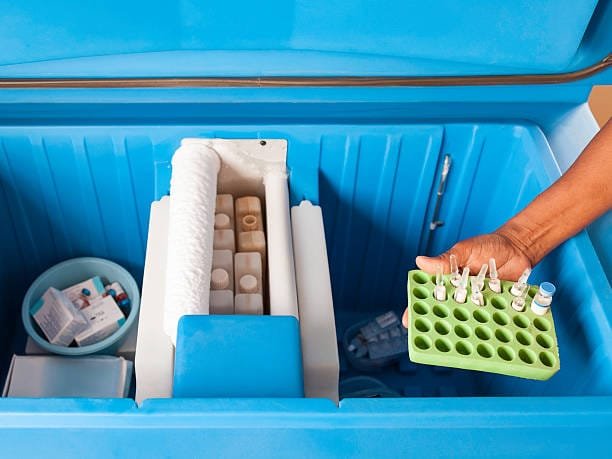


![Explain SEO in Digital Marketing – [Beginning to End Guide]](https://www.gadget-rumours.com/wp-content/uploads/2025/01/Explain-SEO-in-Digital-marketing-768x403.png)








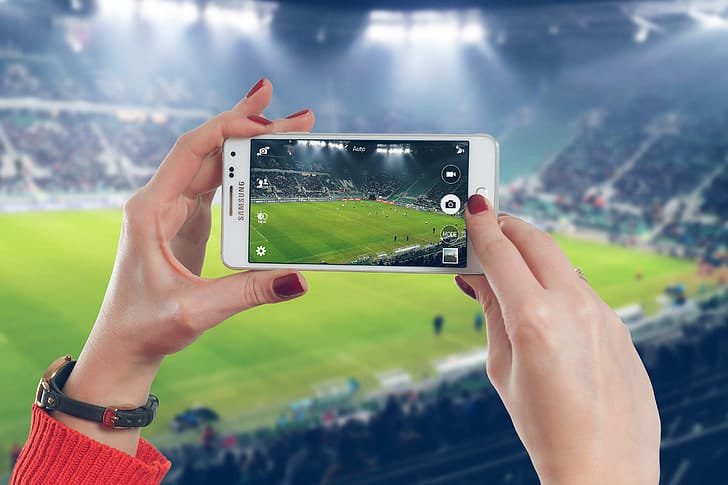












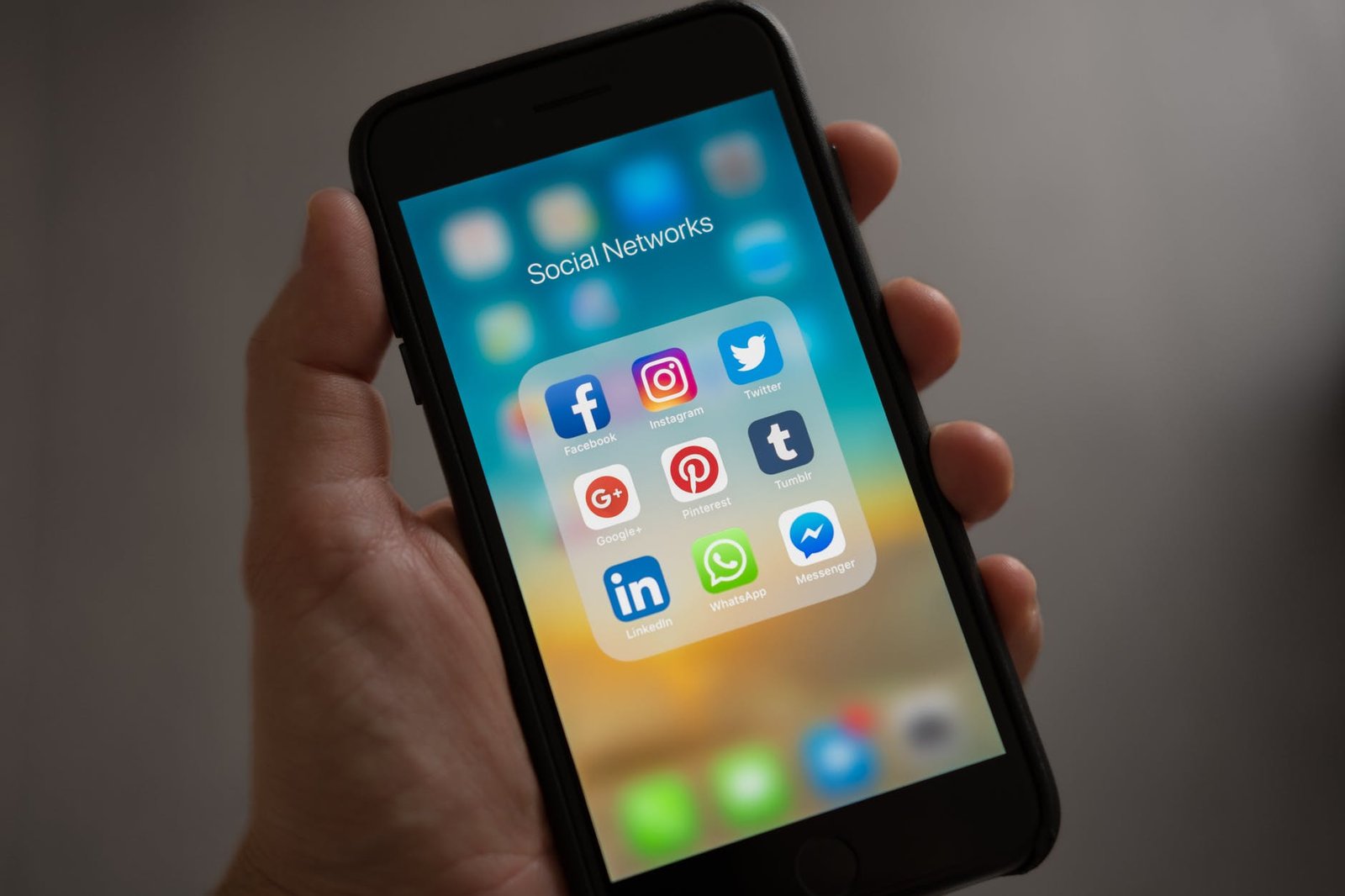
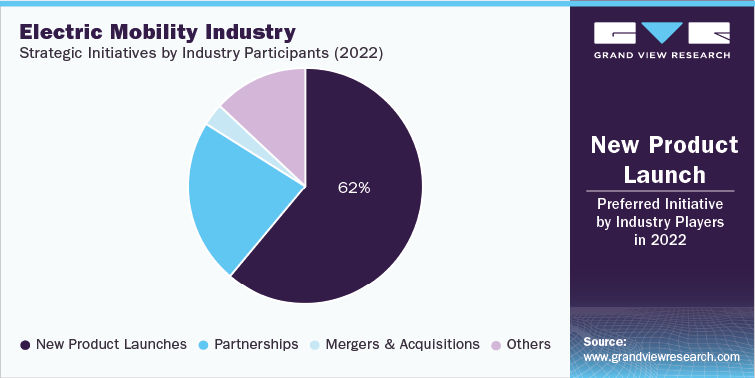







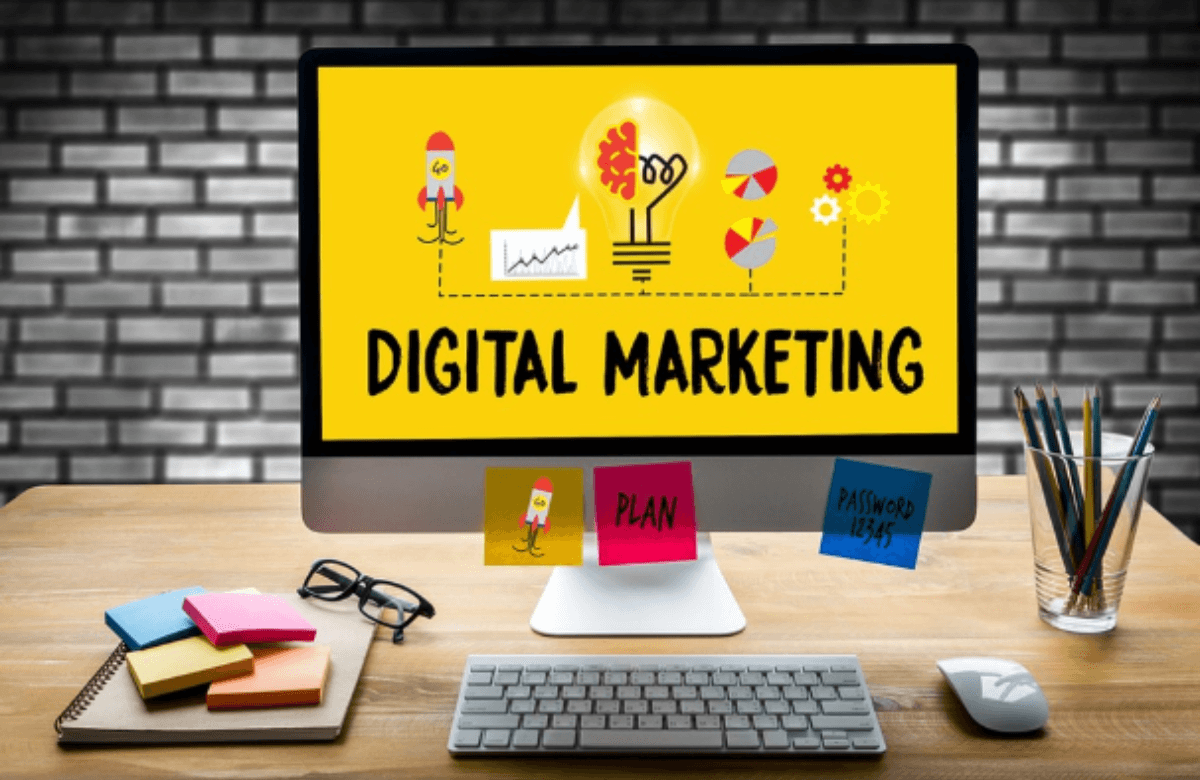


![Explain SEO in Digital Marketing – [Beginning to End Guide]](https://www.gadget-rumours.com/wp-content/uploads/2025/01/Explain-SEO-in-Digital-marketing.png)
